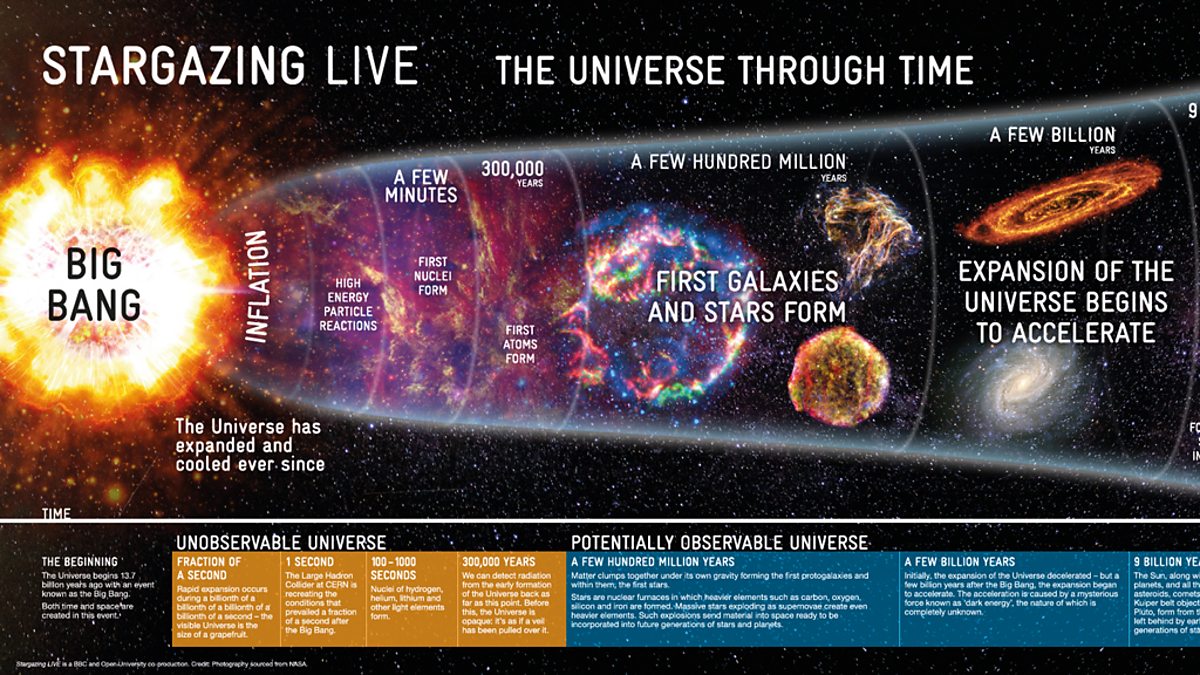Physicists have long studied the nature of the universe. But some go a step further into the unknown (and probably unknowable), contemplating what lies outside the boundaries of our universe. Is it possible that something else exists beyond existence? Yes. Here are five theories about what that "something" might be.
The "outside the
universe" question gets tricky right off the bat, because first you have
to define the universe. One common answer is called the observable universe,
and it's defined by the speed of light.
Since we can only see things
when the light they emit or reflect reaches us, we can never see farther than
the farthest distance light can travel in the time the universe has existed.
That means the observable
universe keeps getting bigger, but it is finite – the amount is sometimes
referred to as the Hubble Volume, after the telescope that has given us our
most distant views of the universe.
We'll probably never be able to see what exists beyond that boundary, so for all intents and purposes, it's the only universe
we'll ever interact with.
Beyond the Hubble Volume: We
know with some certainty that there's "more universe" out there
beyond that boundary, though. Astronomers think space might be infinite, with
"stuff" (energy, galaxies, etc.) distributed pretty much the same as
it is in the observable universe.
If it is, that has some
seriously weird implications for what lies out there. Beyond the Hubble Volume
you won't just find more, different planets. You will eventually find every
possible thing.
Do read that again and let
it sink in. Literally Everything. If you go far enough, you'll find another
solar system with an Earth identical in every way except that you had cereal
for breakfast this morning instead of eggs.
And another where you
skipped breakfast. And one where you got up early and robbed a bank.
In fact, cosmologists think
that if you go far enough, you will find another Hubble Volume that is
perfectly identical to ours.
There's another version of
you out there mirroring your every action 10 to the 10^188 meters away. That
may seem unlikely, but then, infinity is awfully infinite.
Dark Flow: In 2008,
astronomers discovered something very strange and unexpected – galactic
clusters were all streaming in the same direction at immense speed, over two
million miles per hour. New observations in 2010 confirmed this phenomenon,
known as Dark Flow.
The movement defies all
predictions about the distribution of mass throughout the universe after the
Big Bang. One possible cause: massive structures outside the Hubble Volume
exerting gravitational influence.
This would mean that the
structure of the infinite universe beyond our view is not uniform. As for the
structures themselves, they could be literally anything, from aggregations of
matter and energy on scales we can barely imagine to bizarre warps funneling
gravitational forces from other universes.
Infinite Bubbles: Talking
about things outside the Hubble Volume might be a bit of a cheat, since it's
still really the same universe, just a part of it we can't see. It would have
all the same physical laws and constants.
In another version of the
story, the post-Big Bang expansion of the universe caused "bubbles"
to form in the structure of space. Each bubble is an area that stopped
stretching along with the rest of space and formed its own universe, with its
own laws. In this scenario, space is infinite, and each bubble is also infinite
(because you can store an infinite number of infinities inside a single
infinity).
Even if you could somehow
breach the boundary of our bubble, the space in between the bubbles is still
expanding, so you'd never get to the next bubble no matter how fast you went.
Black Hole Spawning: A
theory proposed by physicist Lee Smolin, known as the fecund universes theory,
suggests that every black hole in our universe causes the formation of a new
universe.
Each universe will have
slightly different physical laws than the forerunner universe. In this way,
Smolin suggests a sort of natural selection for universes, as laws that lead to
the frequent formation of black holes lead to the creation of more universes,
while non-black hole forming universes "die out." This theory has
since been discounted (by Smolin himself and others).
Many Parallel Universes:
There are tons of theories about parallel universes, but the most accepted one
these days involves an evolution of the ideas of string theory to involve
membranes that vibrate in other dimensions.
It's beyond the scope of
this article to get too detailed about string or membrane theory, but the
upshot of the whole thing is that these rippling membranes in the 11th
dimension are whole other universes, and when the ripples slam into each other
they form a new universe.
The effects of the rippling
motion help explain the observed distribution of matter in our universe. One of
the weirdest elements of the theory is the idea that all the gravity we
experience in our universe is actually leaking into it from another universe in
another dimension (which explains why gravity here seems so weak compared to
the other fundamental forces).
Via io9




